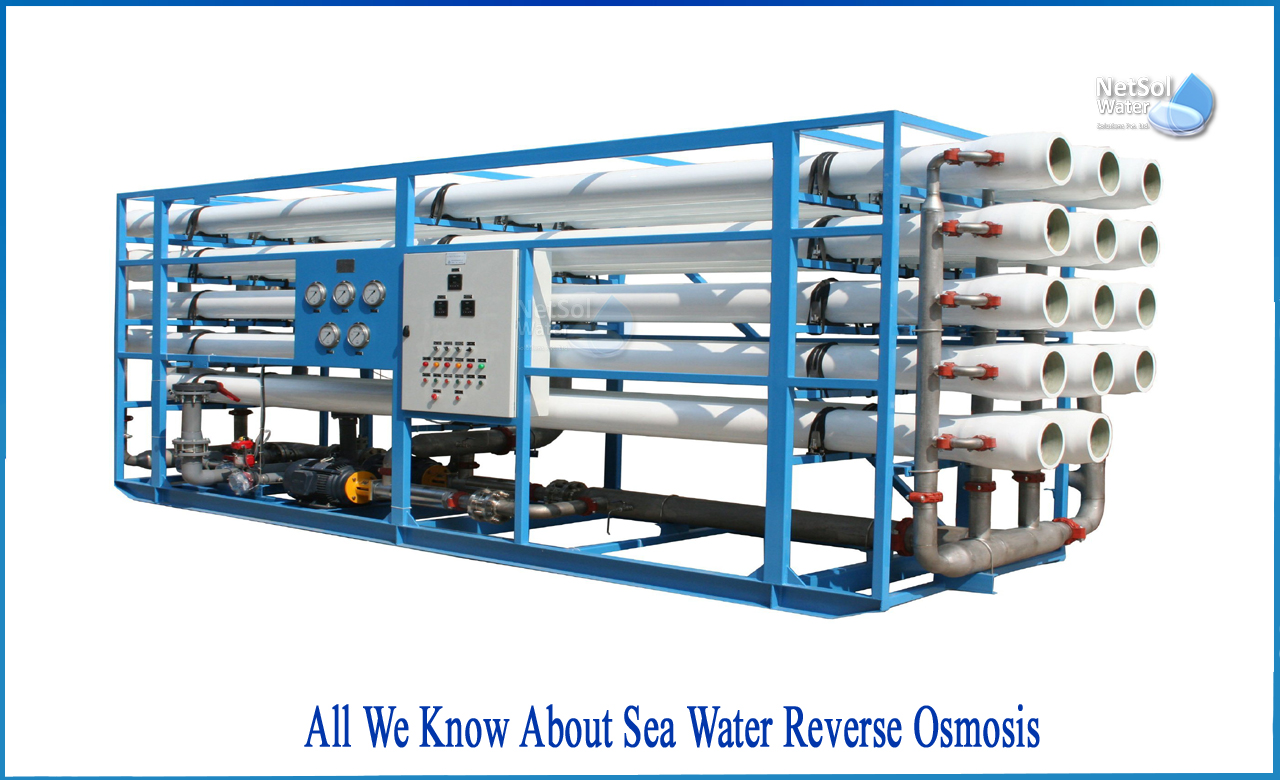Overview
Millions of people are still without regular access to safe drinking water. This scarcity is caused in parts by a scarcity of freshwater on the planet, particularly in densely populated places.
Despite the fact that water covers the bulk of the world, relatively little of it is really useful by people, animals, and land-based plants. With over seven billion people on the earth, humans consume a large amount of water for both non-potable and potable purposes. To fight the consequences of water shortage, seawater desalination (SWRO) can be a solution for communities and businesses in need of a continuous water supply.
Groundwater and glacial water are the two major sources;however, they may be difficult to access and use.We currently use groundwater to some extent, but some of it is so deep that it is very expensive to use. With the impending threat of climate change hanging over their heads, no one wants to start melting glaciers.
What exactly is seawater desalination?
It literally "desalts" saltwater. The world's oceans have an average salinity of 3.5 percent, or 35 g/L. The purpose of desalination is to reduce the salt of ocean water to levels suitable for human consumption.
What are the two primary desalination methods?
1: Thermal
When water evaporates from the oceans to form clouds, the rain that falls is pure and salt-free.Similarly, thermal desalination works by heating water until it becomes gaseous and then condensing it back into a salt-free liquid. In fact, these systems need a lot of energy and don't provide very high yields owing to evaporation losses.
2: Osmosis
In the case of salt water, water would flow through a selectively permeable membrane from a place with a lower concentration of salt to a region with a greater concentration of salt in order to equalize the concentrations of the two sides in a natural osmosis process.
The goal of reverse osmosis is to accomplish the opposite. When a pressure difference is applied, the water will instead travel to the area of lower pressure, which is also the area of lower salt content.With proper pre-treatment, these sea water reverse osmosis (SWRO) systems are small and have lower total maintenance costs.
What is the procedure of SWRO?
A sea water reverse osmosis desalination system (SWRO) is more complicated than just taking water from the ocean and forcing it through a membrane.
There are a few further steps to go through-
A: Intake
This one is rather self-explanatory. The system draws seawater from the ocean. Some draw directly from the ocean or from beach wells, while others may use seawater for cooling in a power plant. Specialized intake systems are developed to reduce the loss of marine life and the fouling of intake systems.
B: Pre-treatment
Pre-treatment is critical for the functioning and upkeep of a seawater reverse osmosis system (SWRO). Particulate debris that may clog the membrane must be eliminated. To achieve optimal biologic and inorganic foulant reductions, a pre-treatment system might employ a variety of methods.
C: Remineralisation/Disinfection
Often, not only are the salts eliminated after these procedures, but so are the components of water that make it useful for our bodies as well as taste. Calcium and magnesium are two examples of such minerals. They also help to balance the pH of the fluid, which might be acidic after therapy.
D: Discharge
A highly concentrated brine solution is left behind after the saltwater desalination process (SWRO). This brine must be handled and discharged with caution.
E: SWRO Costs and Benefits for Drinking Water
Reverse osmosis systems have considerably improved as a result of years of study, testing, and new improvements. As new process improvements are applied, overall capital and operational costs continue to fall.
RO systems are less expensive than thermal systems since they do not require thermal (steam) energy in addition to electrical power use.
Netsol Water is Greater Noida-based leading water & wastewater treatment plant manufacturer. We are industry's most demanding company based on client review and work quality. We are known as best commercial RO plant manufacturers, industrial RO plant manufacturer, sewage treatment plant manufacturer, Water Softener Plant Manufacturers and effluent treatment plant manufacturers. Apart from this 24x7 customer support is our USP. Call on +91-9650608473, or write us at enquiry@netsolwater.com for any support, inquiry or product-purchase related query.



